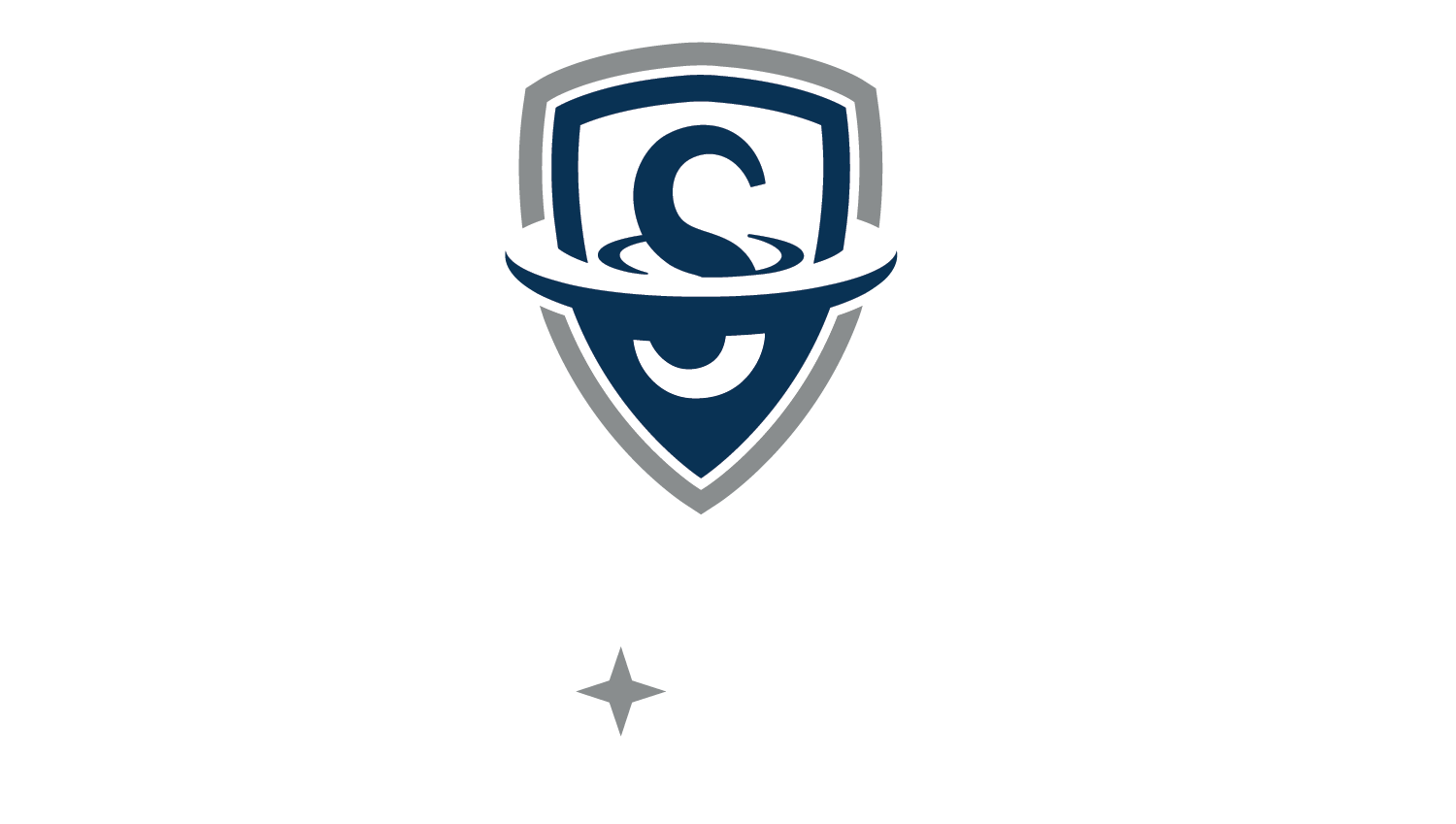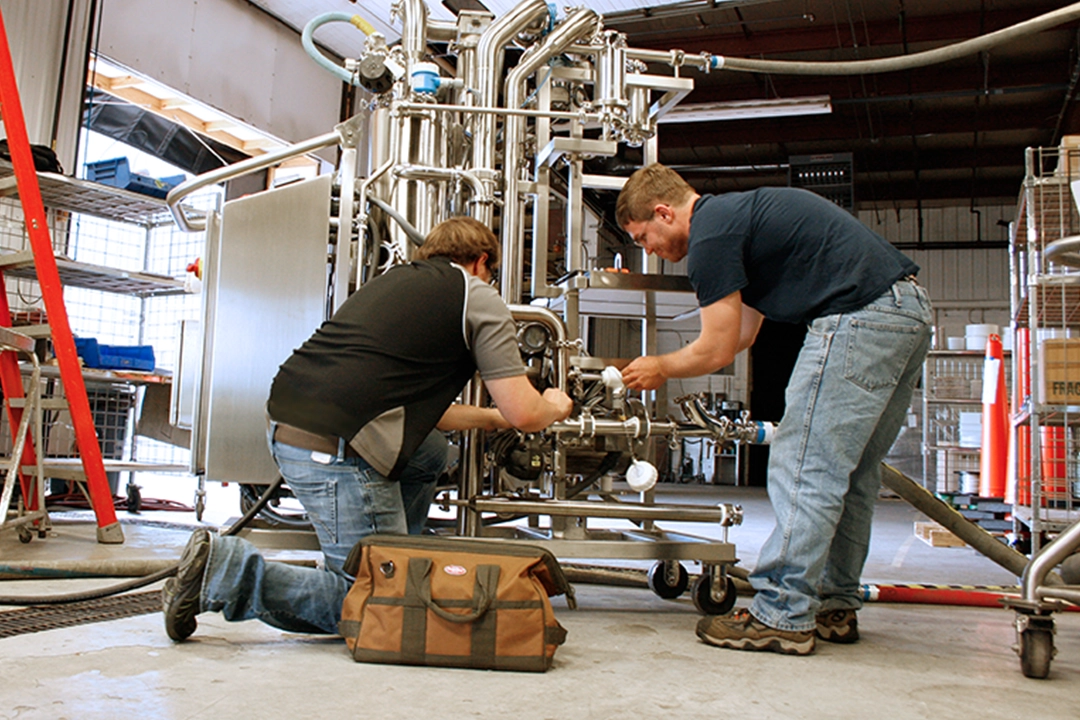The last thing you need in the midst of a typical three- to 18-month pharmaceutical manufacturing production cycle is a breakdown. Breakdowns mean downtime and downtime means money—not to mention a potential delay in getting patients their medicine.
Sani-Matic provides a proactive, Preventive Maintenance (PM) program to its customers that gives them peace of mind and saves them the troubles that come with unscheduled shut downs.
Sani-Matic will evaluate customer cleaning systems and make recommended adjustments to prevent equipment from either under performing, breaking or simply wearing out.
“This is a relatively new program we are offering,” explained Micah Muller, Tactical Solutions Manager. “We decided to suggest this service to our customers because we’ve seen the benefits. Our customers know the benefits, too, they often just put it on the backburner because they have so much on their plate.”
Micah and Justin Jaeck, Director of Tactical Solutions, said their PM service team currently works mostly with pharmaceutical manufacturing companies. They note pharmaceutical processors place a high priority on preventive maintenance because of the sensitive nature of the products they make.
“These companies are investing anywhere from $5,000 to $50,000 in a PM program because they know the price of downtime can be many times higher,” Justin said. “Typically, the people responsible for maintenance are not the same as the operators. We help make the connection for them. They bring us in to review everything from safety checks, general functionality and equipment programming to spare parts inventories. We’ll help them keep accurate records on all of their parts, including chemical hoses, valves, gaskets and other necessary sanitary components.”
“We take care of any equipment servicing needed and replace parts known to fail after a certain point in their life cycle. Some of the more expensive parts, such as diaphragm valves, will get rebuilt. We look for ways to save the customer money in this program,” he added.
What pharmaceutical manufacturing companies can expect.
The three-visit process starts with an initial site visit including: an equipment installation and current operating state assessment to identify recommended areas for improvement such as safety, sanitary design and sanitation procedures, as well as utility and chemical consumption. A detailed report of all findings, a recommended inspection and preventive maintenance schedule, and an updated list of recommended spare parts will be provided.
“Customers may bring us in to change something in the programming. Maybe it’s a year-date-time stamp to be altered in the programming, or it could be a hardware issue we uncover. We’ll help them with anything that comes up in the evaluation part of the process. Every assessment we perform seems to uncover new opportunities to improve a system,” Micah said.
Micah noted some pharmaceutical manufacturing companies utilize just one cleaning system for the entire facility. “If that machine goes down, all production comes to a halt, and it may be halted for days. Depending on the size and complexity of the equipment we’re looking to PM—let’s say it’s one of our CIPs—we can knock that maintenance out in a day. Even though it is an investment and means a day’s worth of planned downtime, the proactive approach quickly shows its value.”


